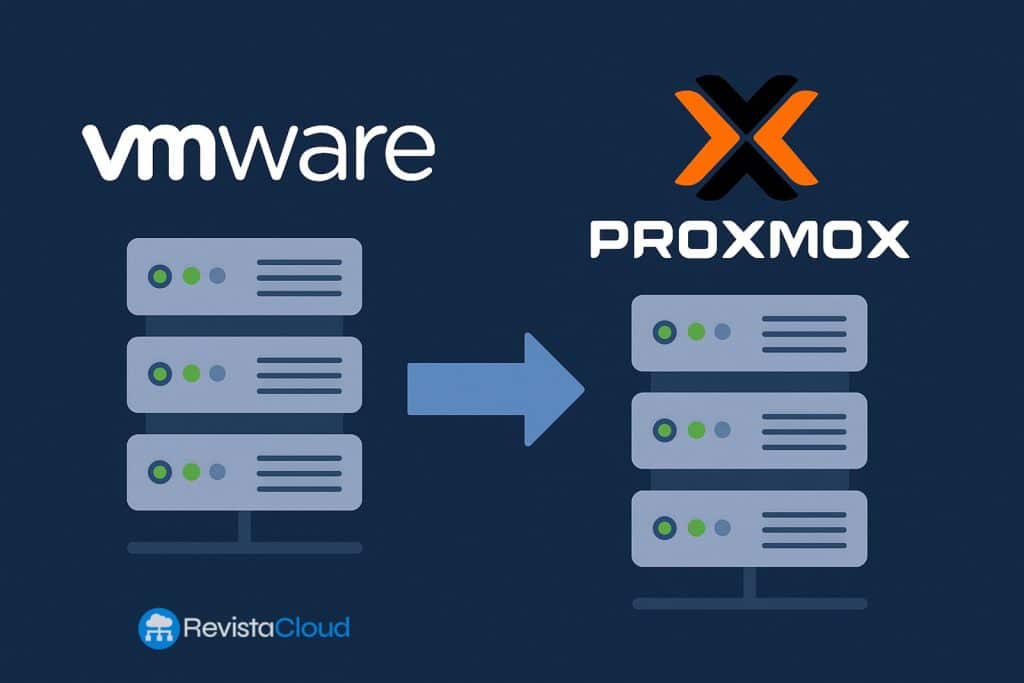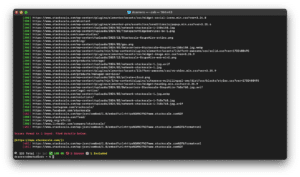As licensing costs for VMware continue to rise, more businesses are turning to Proxmox VE—an open-source virtualization platform that delivers flexibility, efficiency, and advanced features at a fraction of the cost.
In recent years, enterprises around the world have been re-evaluating their IT infrastructure strategies. The steady increase in licensing fees for commercial virtualization platforms like VMware has prompted many IT teams to search for alternatives that are both cost-effective and reliable. One standout solution is Proxmox Virtual Environment (Proxmox VE), an open-source virtualization platform that combines power, simplicity, and total infrastructure control.
Why Move from VMware to Proxmox VE?
The primary driver behind most migrations is cost. VMware’s commercial licensing model often involves per-core or per-socket charges, making it increasingly expensive for businesses to scale their virtual environments. In contrast, Proxmox VE is license-free, allowing organizations to deploy as many nodes and VMs as they need—without incurring extra fees.
But cost isn’t the only reason. Proxmox VE is built on robust and proven technologies like KVM for virtualization and LXC for lightweight containers, providing a unified platform for both types of workloads. It also offers a centralized web-based management interface, enabling users to easily manage VMs, containers, networking, storage, and backups from a single dashboard.
Key Benefits of Migrating to Proxmox VE
- ✅ Lower Operational Costs: No license fees for additional CPUs, cores, or hosts.
- ✅ High Availability (HA): Built-in clustering and failover support.
- ✅ Integrated Backup and Restore: With Proxmox Backup Server, users can perform fast incremental backups and restore individual files from snapshots.
- ✅ Flexibility and Scalability: Easily deploy new VMs or containers in minutes.
- ✅ Storage Versatility: Supports ZFS, Ceph, LVM, iSCSI, NFS, and more.
- ✅ Open and Transparent: No vendor lock-in, complete control over updates and infrastructure roadmap.
For organizations requiring commercial-grade support, Proxmox offers professional subscriptions that include access to the Enterprise Repository and direct support from the core development team.
Migration Path: How to Transition from VMware to Proxmox VE
Migrating from VMware doesn’t need to be disruptive. With proper planning, businesses can transition their infrastructure incrementally and safely, minimizing downtime.
Key migration steps include:
- Assessment & Planning: Identify VM workloads, dependencies, and performance needs.
- Disk Conversion: Use tools to convert VMware VMDK disks to formats compatible with KVM (e.g., QCOW2 or RAW).
- Network & Storage Setup: Configure networks, bridges, and storage backends in Proxmox.
- VM Recreation & Testing: Rebuild or import VMs, test compatibility and performance.
- Go-Live: Switch production workloads to the Proxmox cluster.
- Monitoring & Optimization: Use built-in metrics and logging to ensure stability and performance.
Many IT teams choose to work with integration partners or managed service providers experienced in Proxmox migrations to handle large-scale deployments or optimize more complex environments.
Ideal Use Cases for Proxmox VE
Proxmox VE is a strong fit for:
- 🏢 SMBs seeking enterprise-level features without the enterprise price tag.
- 🛠️ MSPs and hosting providers looking for open, customizable virtualization stacks.
- 🎓 Educational institutions and labs needing flexible, budget-conscious solutions.
- 💡 DevOps teams deploying hybrid environments or CI/CD pipelines.
- 🌍 Organizations seeking digital sovereignty or avoiding vendor lock-in.
With support for clustering, HA, live migration, and advanced networking (including VLANs, bridges, and SDN), Proxmox VE can replace VMware in a wide range of production scenarios.
Long-Term Strategy and Sustainability
Migrating to Proxmox VE isn’t just a tactical move—it can form the foundation of a long-term, sustainable virtualization strategy. With its open-source philosophy, active development community, and growing ecosystem, Proxmox VE ensures that businesses retain freedom, adaptability, and control over their infrastructure.
In an IT landscape increasingly dominated by subscription models and vendor dependency, Proxmox empowers organizations to regain autonomy while maintaining—or even improving—their operational efficiency.
Final Thoughts
As more organizations rethink their infrastructure amid rising costs and shifting technology trends, the appeal of Proxmox VE continues to grow. Its robust feature set, transparent pricing, and open development model make it a compelling alternative to VMware and other proprietary platforms.
Migrating from VMware to Proxmox VE isn’t just about saving money. It’s about building a more open, resilient, and future-ready IT environment—on your own terms.











